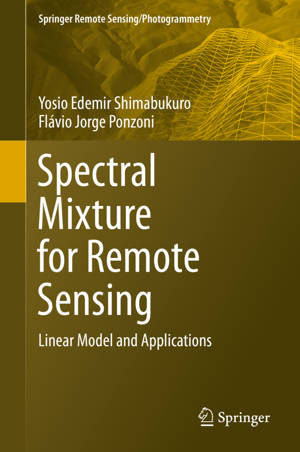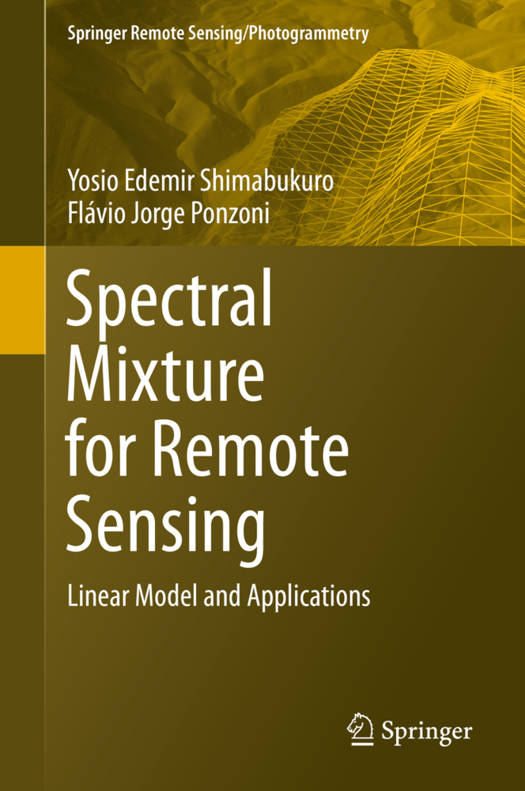
- Afhalen na 1 uur in een winkel met voorraad
- Gratis thuislevering in België vanaf € 30
- Ruim aanbod met 7 miljoen producten
- Afhalen na 1 uur in een winkel met voorraad
- Gratis thuislevering in België vanaf € 30
- Ruim aanbod met 7 miljoen producten
Zoeken
Spectral Mixture for Remote Sensing
Linear Model and Applications
Yosio Edemir Shimabukuro, Flávio Jorge Ponzoni
€ 153,95
+ 307 punten
Omschrijving
This book explains in a didactic way the basic concepts of spectral mixing, digital numbers and orbital sensors, and then presents the linear modelling technique of spectral mixing and the generation of fractional images. In addition to presenting a theoretical basis for spectral mixing, the book provides examples of practical applications such as projects for estimating and monitoring deforested areas in the Amazon. In its seven chapters, the book offers remote sensing techniques to understand the main concepts, methods, and limitations of spectral mixing for digital image processing.
Chapter 1 addresses the basic concepts of spectral mixing, while chapters 2 and 3 discuss digital numbers and orbital sensors such as MODIS and Landsat MSS. Chapter 4 details the linear spectral mixing model, and chapter 5 talks about how to use this technique to create fraction images. Chapter 6 offers remote sensing applications of fraction images in deforestation monitoring, burned-area mapping, selective logging detection, and land-use/land-cover mapping. Chapter 7 gives some concluding thoughts on spectral mixing, and considers future uses in environmental remote sensing. This book will be of interest to students, teachers, and researchers using remote sensing for Earth observation and environmental modelling.
Chapter 1 addresses the basic concepts of spectral mixing, while chapters 2 and 3 discuss digital numbers and orbital sensors such as MODIS and Landsat MSS. Chapter 4 details the linear spectral mixing model, and chapter 5 talks about how to use this technique to create fraction images. Chapter 6 offers remote sensing applications of fraction images in deforestation monitoring, burned-area mapping, selective logging detection, and land-use/land-cover mapping. Chapter 7 gives some concluding thoughts on spectral mixing, and considers future uses in environmental remote sensing. This book will be of interest to students, teachers, and researchers using remote sensing for Earth observation and environmental modelling.
Specificaties
Betrokkenen
- Auteur(s):
- Uitgeverij:
Inhoud
- Aantal bladzijden:
- 80
- Taal:
- Engels
- Reeks:
Eigenschappen
- Productcode (EAN):
- 9783030020163
- Verschijningsdatum:
- 22/11/2018
- Uitvoering:
- Hardcover
- Formaat:
- Genaaid
- Afmetingen:
- 164 mm x 242 mm
- Gewicht:
- 317 g

Alleen bij Standaard Boekhandel
+ 307 punten op je klantenkaart van Standaard Boekhandel
Beoordelingen
We publiceren alleen reviews die voldoen aan de voorwaarden voor reviews. Bekijk onze voorwaarden voor reviews.










